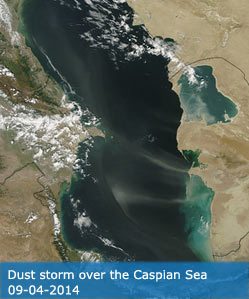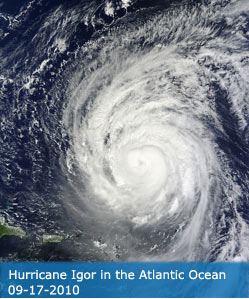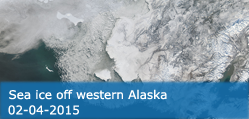Science Team
Publications
Li, W; Li, D; Warner, TA; Liu, SY; Baret, F; Yang, PQ; Jiang, JL; Dong, MX; Cheng, T; Zhu, Y; Cao, WX; Yao, X (2025). Improved generality of wheat green LAI models through mitigation of the effect of leaf chlorophyll content variation with red edge vegetation indices. REMOTE SENSING OF ENVIRONMENT, 318, 114589.
Abstract
The retrieval of wheat green leaf area index (LAIG) from satellite imagery is critical for monitoring crop growth and assessing food security. Numerous vegetation indices (VIs) derived from spectral reflectance have been widely used to estimate LAIG. In particular, red edge VIs can mitigate the confounding effect of multiple factors, such as the soil background and leaf inclination angle variation, and typically are highly correlated with LAIG. However, their relationship to LAIG tends to be affected by variations in leaf chlorophyll content (LCC), because the position of the red edge of vegetation spectra shifts with changes in LCC. This issue directly limits the operational use of VI-LAIG models, especially those employing red-edge bands. Therefore, to reduce the sensitivity of VI-LAIG relationships to LCC variation, this study proposed an innovative approach, called the Difference Combination between Spectral Indices (DCSI). Using synthetic data simulated with the PROSAIL radiative transfer model, we tested the dependence of the algebraic difference between common VIs on LCC. The results show that many combinations of VIs are insensitive to LCC variation. The newly developed DCSI combination between the Sentinel-2 red edge position (S2REP) and B6-red edge band (RE2) (i.e., DCSI(S2REP&RE2)), produces the most accurate LAIG model when LCC varies. We also modified the constant of this DCSI combination, to develop the Sentinel-2 modified red edge position (S2MREP) for LAIG retrievals. In comparison to traditional VILAIG models, the S2MREP-LAIG model has higher accuracy, with R 2 cal of 0.76 in calibration, and in validation R 2 val of 0.72 and RRMSE of 23.61 %. In addition, the S2MREP-LAIG model (RRMSE=28.64 %) also outperforms the existing Sentinel-2 LAI product (RRMSE=38.20 %) in the retrieval of wheat LAIG. In summary, the proposed DCSI approach and S2MREP effectively mitigate the impact of LCC variations on LAIG retrievals, thus facilitating the large-scale retrieval of LAIG and the spatial mapping of wheat LAIG.
DOI:
10.1016/j.rse.2024.114589
ISSN:
0034-4257




